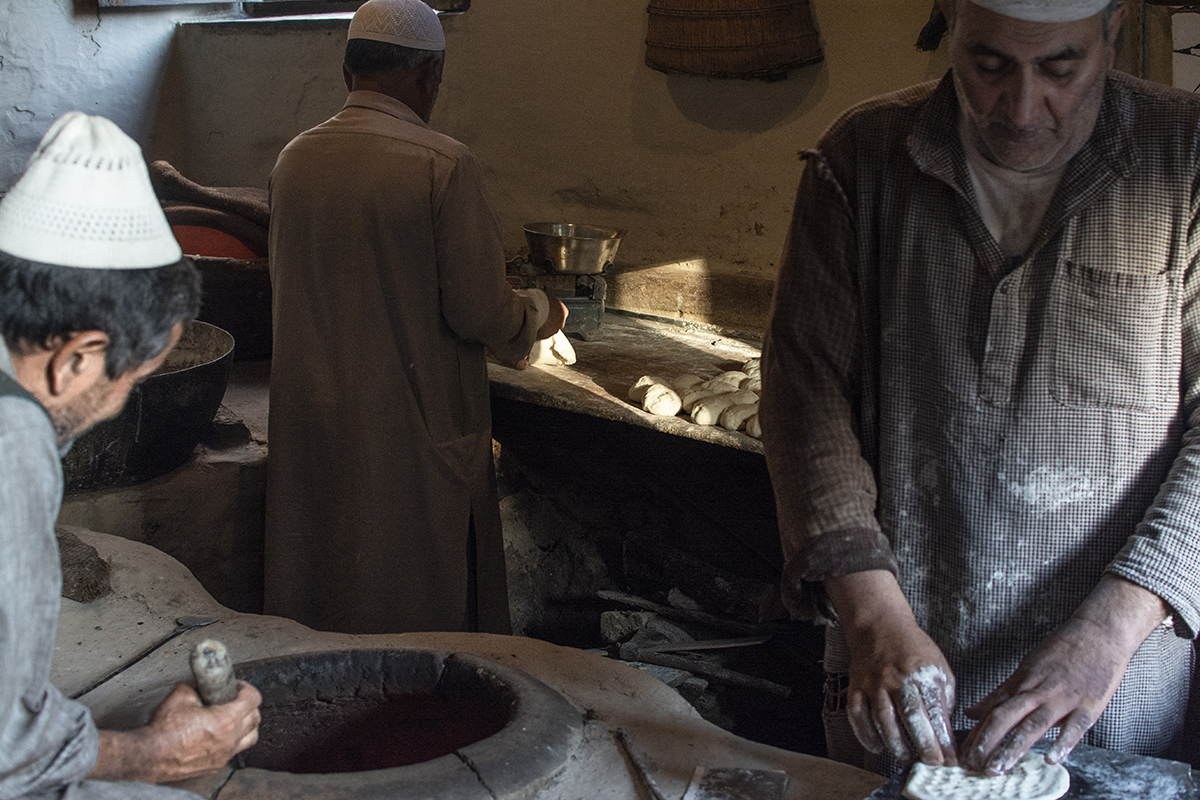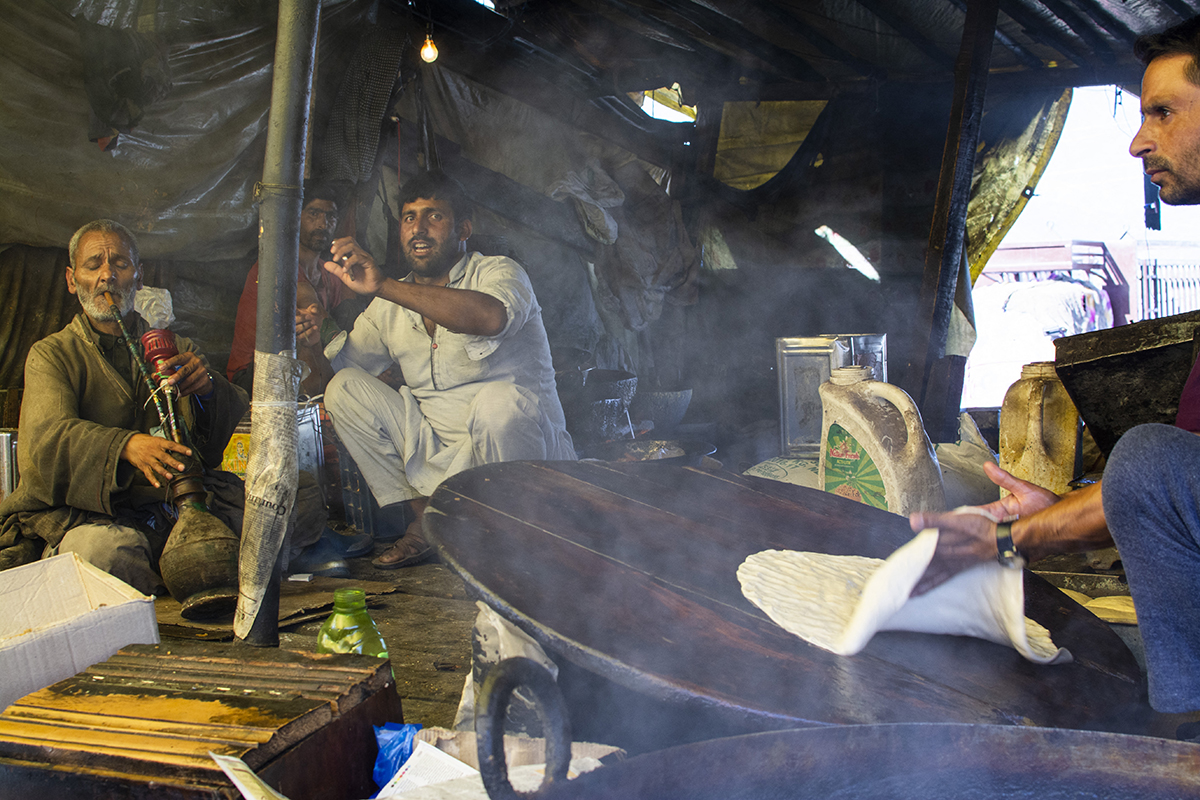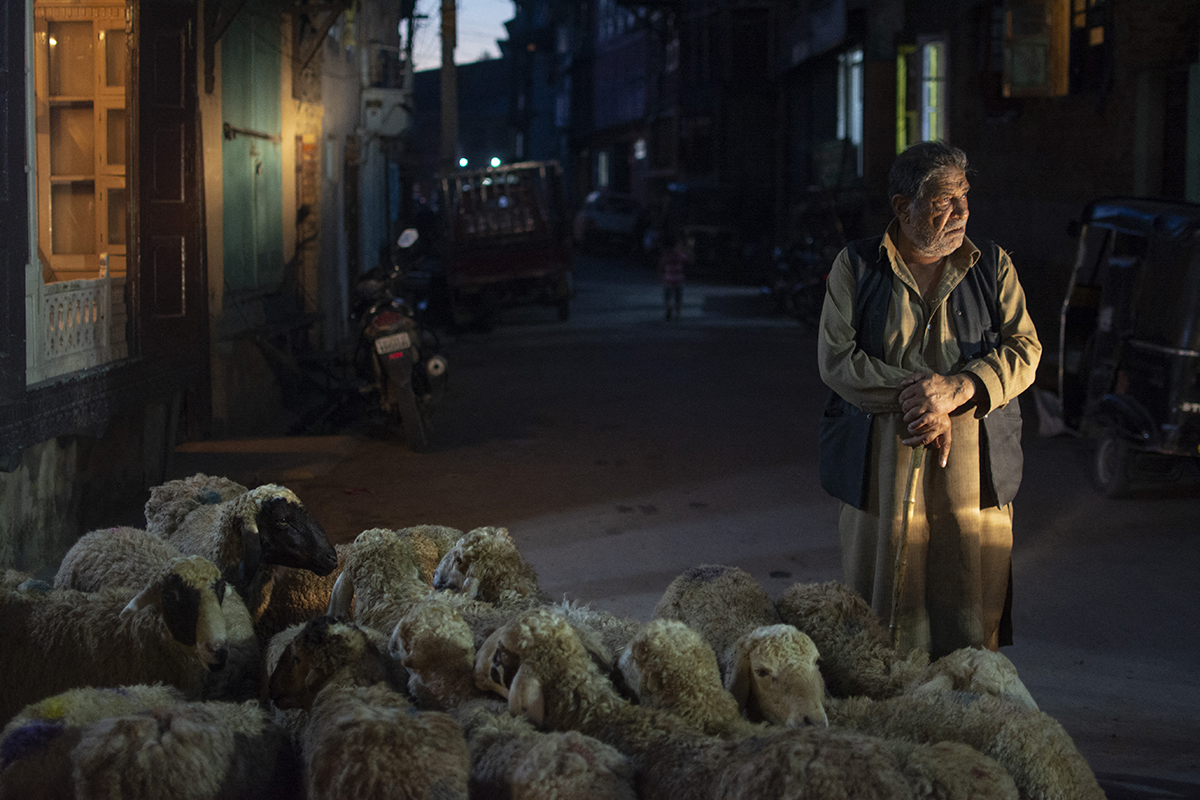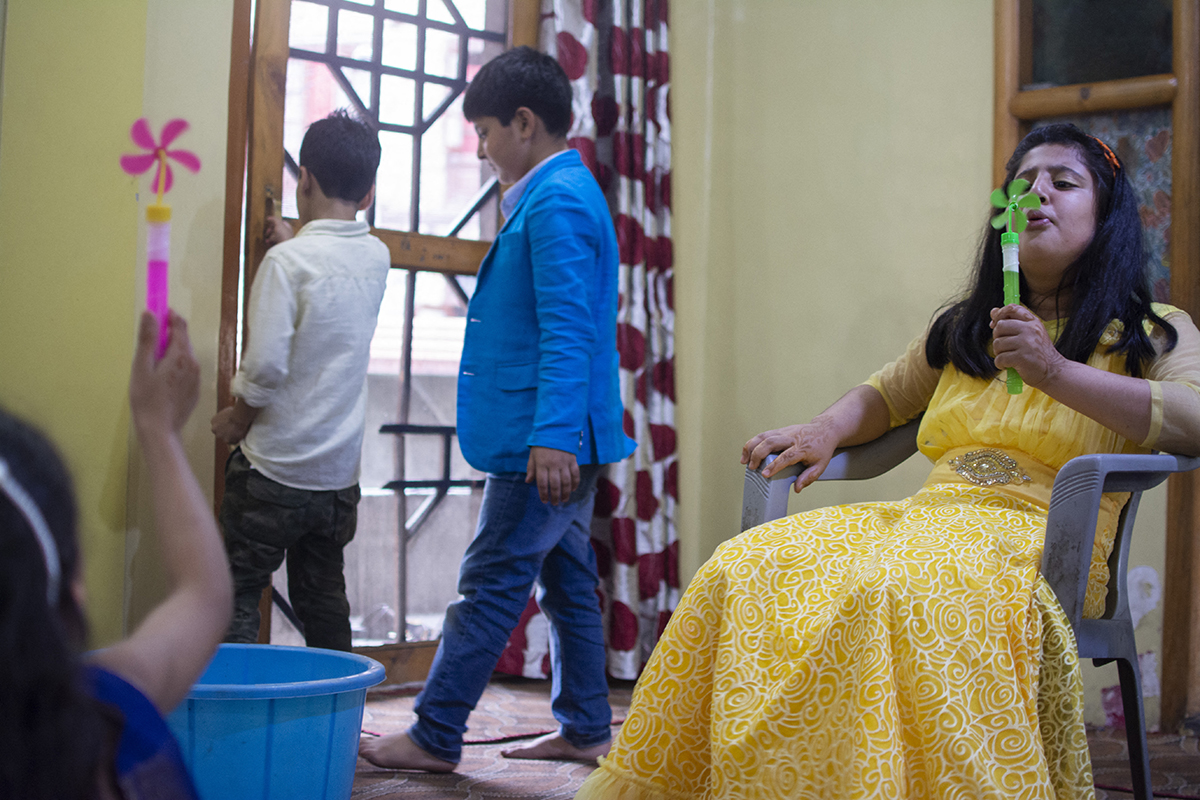Srinagar, a former heaven on earth.
For centuries, Srinagar was a holiday destination for Maharajas, who, during the monsoon season, was leaving the stifling heat from the Indian plains to experience the moderate climate from the foothills of the Himalayas. Nowadays, Srinagar enjoys a multiple heritage, its old mosques and its moguls’ gardens are the symbols. The Dal lake, surrounded by mountains, offers an idyllic setting, which was highlighted in various Bollywood productions. It makes this « heaven on earth » the quintessence of romanticism in the imagination of many Indians.
This image contrasts with a much shady reality. On the 15 of August 2017, India celebrated 70 years of its independence, whereas Kashmir celebrated 70 years of occupation and disillusion. Since 1947, Kashmiris observe the chess game between India and Pakistan. For India, the independence of Kashmir could give ideas to other independentist Indian regions. Also, its geostrategic position is vital in the conflict with Pakistan and China for the control of the Himalayans territories. For Pakistan, destabilizing Kashmir, by supporting groups considered terrorists by New Delhi, is the extension of the fratricidal war, started in 1947. It is also a way to appear as the protector of Muslims, as the Modi government, through Hindutva (Hindu nationalism), is more and more perceived as communitarian and anti-muslim.
In this historic city, which preserves the Kashmir culture, the line between « heaven on earth » and « conflict zone » is very thin.



































